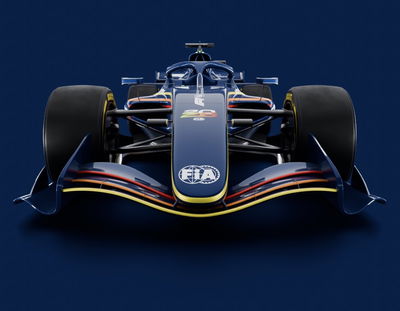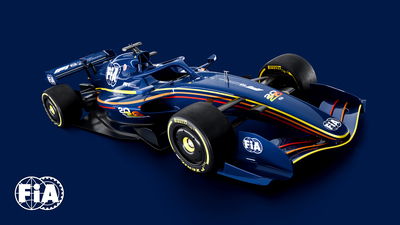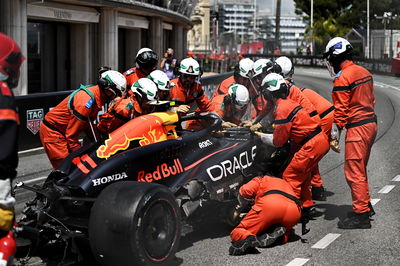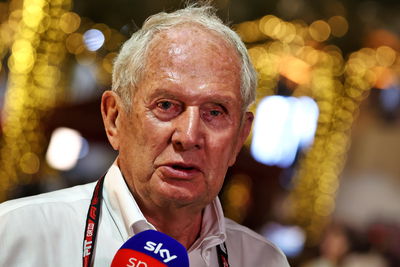‘Manual Override Mode’: F1’s new overtaking aid - and DRS replacement - explained
Everything you need to know about F1’s new overtaking aid - ‘Manual Override Mode’ - that will be introduced in 2026.

F1 have announced the early details about the looming 2026 regulation overhaul which will see DRS replaced with a new overtaking aid.
The Drag Reduction System - which has been a feature of grand prix racing since 2011 - will be no more from the end of next season. Instead it will be replaced by F1’s new ‘Manual Override Mode’. But what is it? And how does it work?
The new power-boost system has been added to the 2026 regulations in a bid to improve overtaking opportunities.
With the redesigned power units boasting almost 300 percent more battery power, the new feature will allow drivers to use more electrical energy when they are within one second of the car ahead.
How will ‘MOM’ work?
The new technology will enable a driver to use the maximum available power from their MGU-K while their rival ahead cannot.
F1’s new breed of cars’ energy deployment will gradually decrease after 290kph, dropping right down to zero at 355kph.
A driver using Manual Override Mode will continue to benefit from 350kW - or 0.5MJ of extra energy - all the way up to 337kph as they look to hunt down and power past their rival.
The FIA’s single seater technical director Jan Monchaux explained that MOM “works a similar way to DRS”.
“If you are within a given distance, before the end of a lap to the car in front of you, then for the following lap, you will be given the possibility to use more electrical energy than your opponent,” he said.
“That boost of electrical energy is there to replace what used to be the rear wing opening, to give a car that extra push to potentially go and try to overtake.”
Monchaux continued: “So when you enter the straight and the car is fairly close to the other to help the overtaking – since both cars will have rear wing open and front wing flap open – we are going to allow the car behind to deploy more electrical energy for a given portion of time during that lap.
“Right now with the DRS you are behind a car, within a second, that ticks a box and you are allowed to open your DRS in a straight line. This will not be the case anymore. However, the logic will be the same: I’m close enough to another car, I am given an extra amount of energy for that one lap, which I can deploy any way I want.
“The extra amount of energy is defined and that will give that boost of energy to eventually give the following car a chance to overtake by the end of the straight.”

And what about Z-Mode and X-Mode?
In addition to the overtaking aid, the 2026 iteration of slimmed-down, narrower and lighter F1 cars will feature more powerful and sophisticated active aerodynamics.
Two moveable elements on the front and rear wings will provide both a “Z-Mode” for maximum downforce and a “X-Mode" for the lowest possible drag configuration.
This system will be activated by the driver but only in certain parts of tracks where it is deemed safe to use lower levels of downforce.
“From our simulation work with the teams and their drivers, as soon as you have a rear wing that moves to reach the target drag level, it was clear that you needed to have an active front wing to match the balance characteristics,” the FIA’s head of aerodynamics Jason Somerville said.
“There were certain conditions where the drivers didn’t feel comfortable with a large forward aero balance, meaning lots of downforce on the front and not much downforce on the rear. So that led us towards the need to have an active front wing, as well as an active rear wing.”












